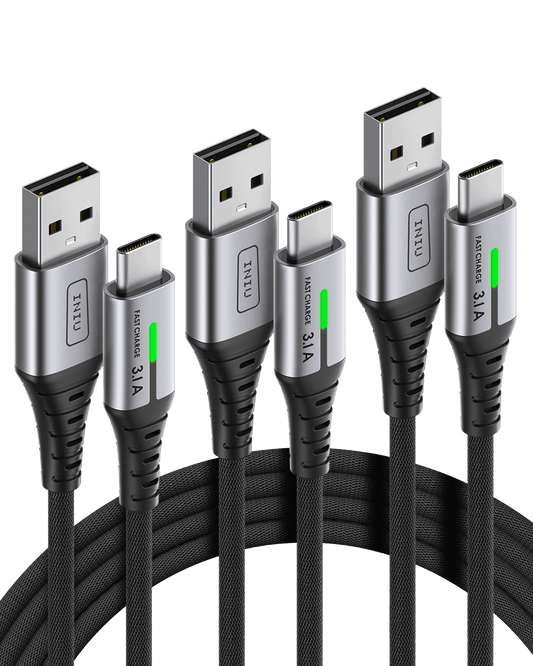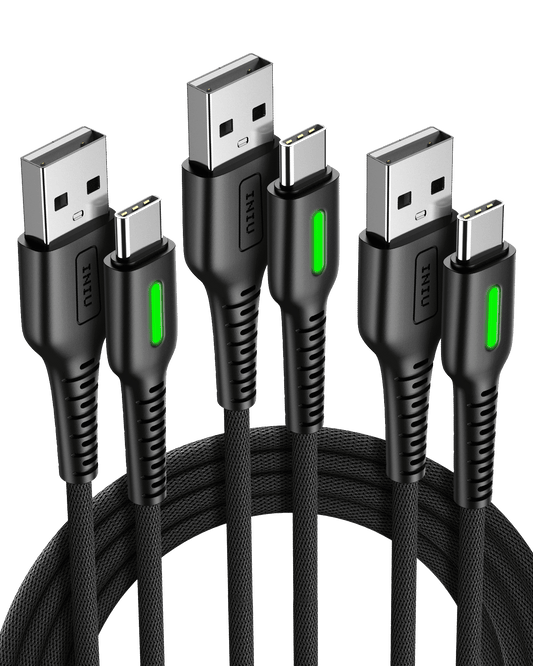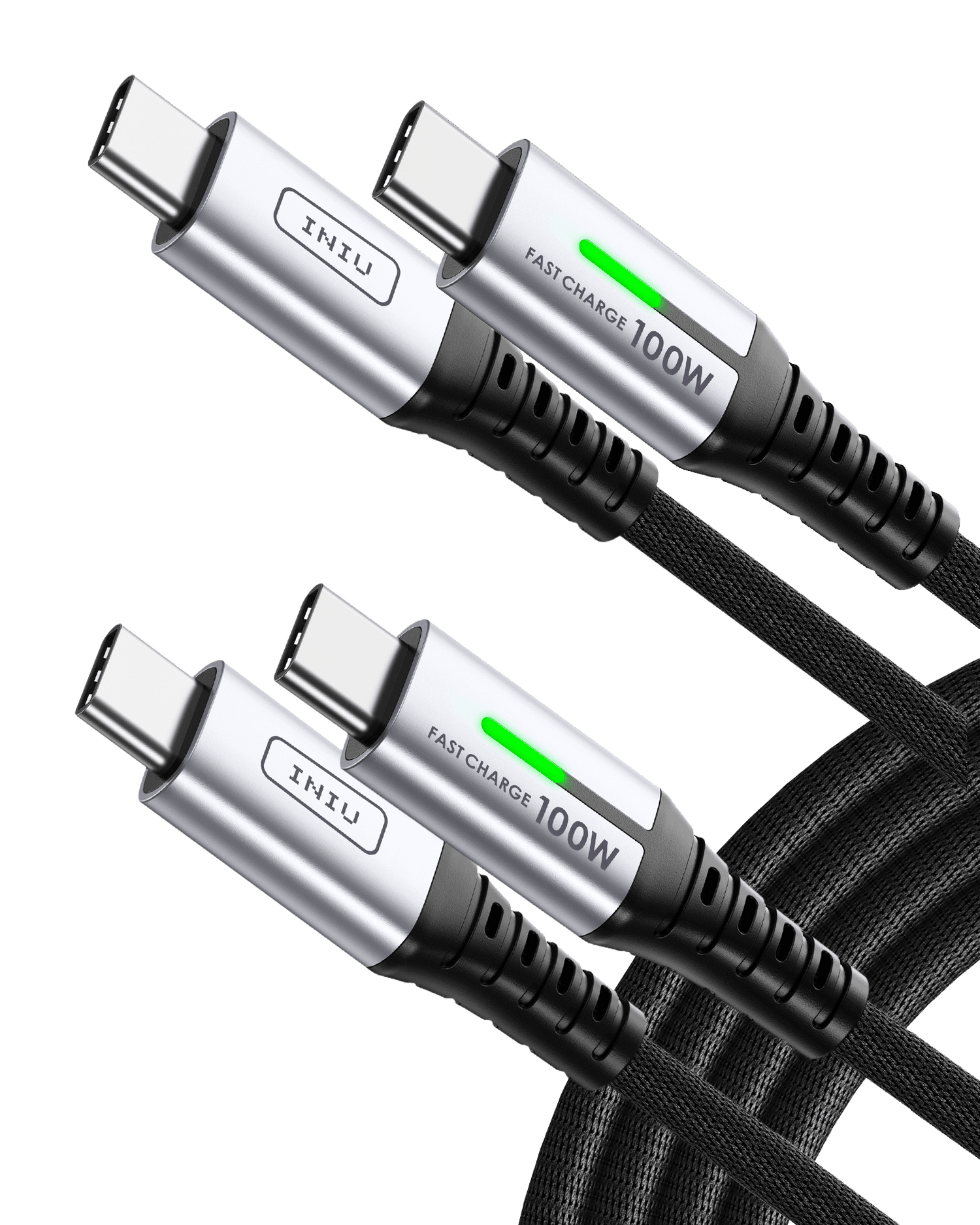USB-A Cable
INIU's USB-A cable is designed to offer reliable charging performance and efficient data transfer, and it's compatible with a wide variety of USB-A devices.
-
Highly Recommended
INIU D5C QC3.0 Fast Charging USB Type C Cable ( 1.6+6.6+6.6ft, 3-Pack)
$18.99$21.99Sale -
Sale
-
Highly Recommended
INIU D5C Nylon USB C Cable 5-Pack (1.6ft+3.3ft*2+6.6ft*2(0.5m+1m*2+2m*2))
$21.99$23.99Sale
FAQ
Yes, as long as it's from a reliable brand and includes built-in protections like overcurrent, short circuit, and temperature control. Quality power banks with PD 3.0 support and USB-C chargers ensure both fast and safe charging for your devices. INIU's high-power power bank features 15 layers of intelligent protection technology, effectively defending against potential charging risks and eliminating overheating and device damage.
Absolutely—just make sure the power bank has USB-C port and offers at least 65W or 100W output. Many high-end usb c portable charger models now support charging laptops like MacBook, Dell XPS, or other USB-C-compatible notebooks.
A 20000mAh power bank can charge an iPhone 15 about 4–5 times or a Samsung Galaxy around 3–4 times, depending on the phone battery size. You can roughly estimate by dividing the power bank’s capacity by your phone’s battery (e.g., 20000mAh ÷ 4000mAh = 5 times), then factoring in 10–20% energy loss due to heat and voltage conversion.
Yes—airlines generally allow power banks under 100Wh (watt-hours) in carry-on luggage. To calculate if your power bank meets this limit, use the formula:Wh = (mAh × V) ÷ 1000. For example, a 20000mAh power bank with a standard 3.7V lithium battery equals 74Wh, which is well within the allowed range. Note: all power banks must be placed in hand luggage, and some airlines may require approval for devices above 100Wh. Always confirm with your carrier before travel.






